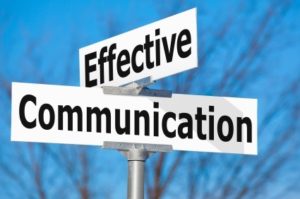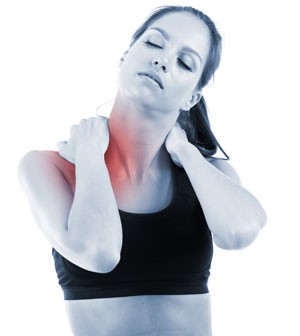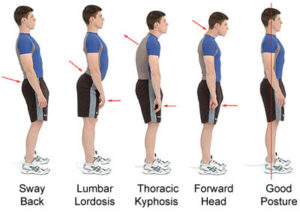If you’re considering a massage, in Seattle or anywhere else in the country, you may have some questions about what to expect during your first visit. Of course, this is perfectly natural. After all, while you may have heard from friends what a massage is like, you’re about to experience it for yourself. And you may want to have a better understanding of how your session will go when you arrive.
Not to worry. The massage experts at Dreamclinic are here to answer your questions. Our professionally trained staff is always happy to provide you with guidance when it comes to your health and massage, in Seattle or beyond. And today, we’re answering some of your top questions!
What should I wear when I get a massage?
You should dress as you normally do and in what is most comfortable for you. Our staff recommends dressing down, and for many patients, a pair of shorts works well, along with a t-shirt. Once you have had a massage, your relaxed body will appreciate a comfort-oriented approach to your wardrobe.
Are there any risks associated with getting a massage?
While massage therapy is known to be an extremely safe activity, patients should be aware of a few considerations before beginning. If you have concerns or known medical conditions, it’s best to talk with your doctor to make sure massage is medically safe for you.
Should I feel sore after my massage session?
Especially if you’re getting a deeper tissue massage, it’s normal to feel a little soreness the next day after your massage. In fact, that soreness is likely a result of the positive effect of your massage. Increase your fluids to assist your lymphatic system and decrease soreness.
Is a massage more about the experience or the medicine?
The answer is: both! Massage therapy is as much as a science as it is an art. In addition to being enjoyable and relaxing, massage therapy does also offer numerous health benefits.
Can a massage help me with my active lifestyle?
Yes! For those of you who live an active life, massage can offer even more benefits. That’s because active people tend to pick up dings and stress to their muscles and need more regular maintenance. When you arrive for your Dreamclinic massage, please feel free to bring up how massage can benefit you regarding the specific activities you engage in.
What licensures exist in the United States for massage?
In the United States, each state has its own regulation that pertain to massage therapy. For our massage team in Seattle, our excellent team of professionals are licensed with over 750 hours of training.
Does my health insurance plan cover massage sessions?
In some cases, insurance plans may cover your massage therapy. This is especially true if your general doctor or specialist has referred you for massage therapy. However, every insurance plan is different. Best practice is to check your specific plan for benefits pertaining to massage. Also if you have been in a car accident, your auto insurance should cover massage.
Does Dreamclinic offer office-based sessions in Seattle?
Yes! We’re proud to offer workplace massage, onsite sessions for your office or corporate events.
Can I customize my massage session at Dreamclinic?
One of the most important aspects of getting a massage is discussion your goals for the session with your therapist before the massage begins. Before your first session, talk to one of our trained staff about what is right for you.
Ready to get your first massage at one of our Seattle area locations? Get in touch with us!

 Booking a massage appointment in Queen Anne is now easier than ever! As of
Booking a massage appointment in Queen Anne is now easier than ever! As of 
 Most of us have stress in our lives, whether due to work, family or general environment. For some the stress may cause sleeplessness, anxiety, hypertension or depression. For many the stress leads to muscle soreness somewhere in the body – the shoulders, neck, legs, or back.
Most of us have stress in our lives, whether due to work, family or general environment. For some the stress may cause sleeplessness, anxiety, hypertension or depression. For many the stress leads to muscle soreness somewhere in the body – the shoulders, neck, legs, or back.


 The purpose of Sports Massage is not well understood and its use would most likely increase with a greater understanding of how how exercise impacts our muscles.
The purpose of Sports Massage is not well understood and its use would most likely increase with a greater understanding of how how exercise impacts our muscles. The main golf swing muscles and their role in the golf swing:
The main golf swing muscles and their role in the golf swing: